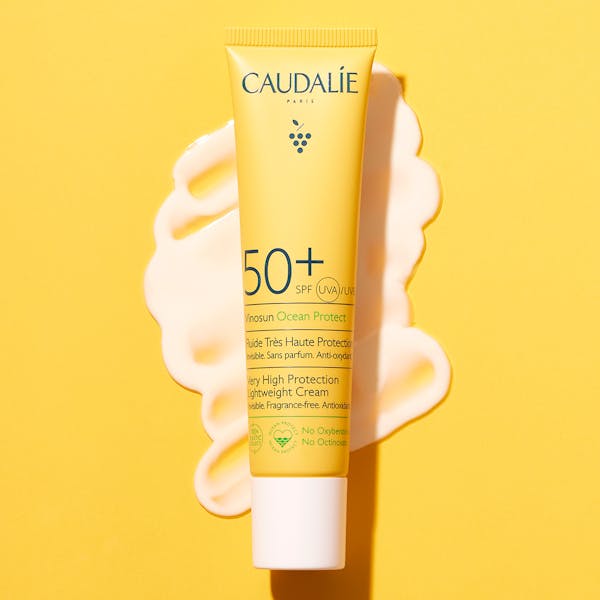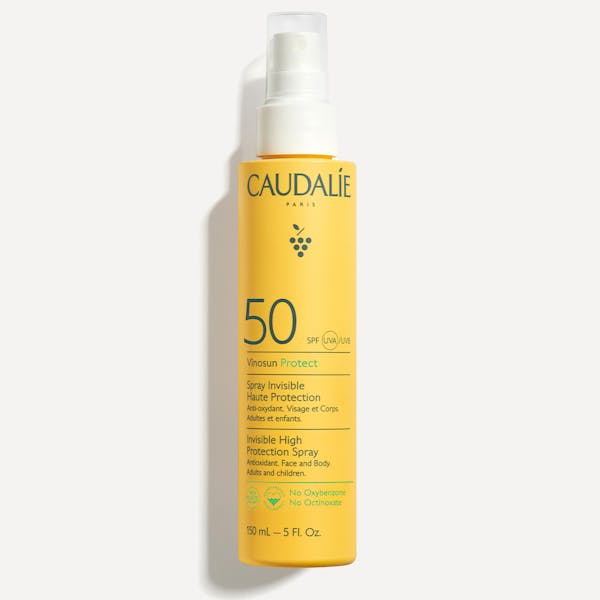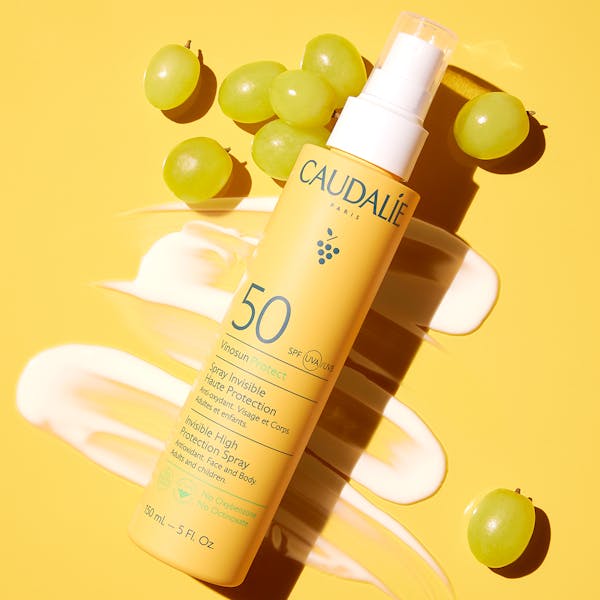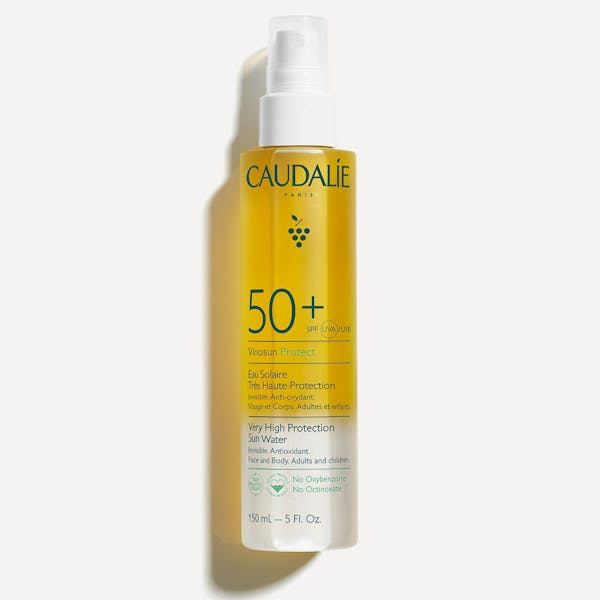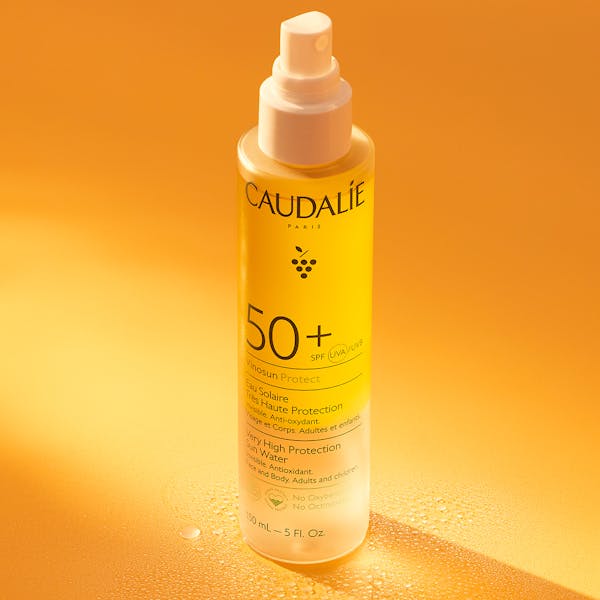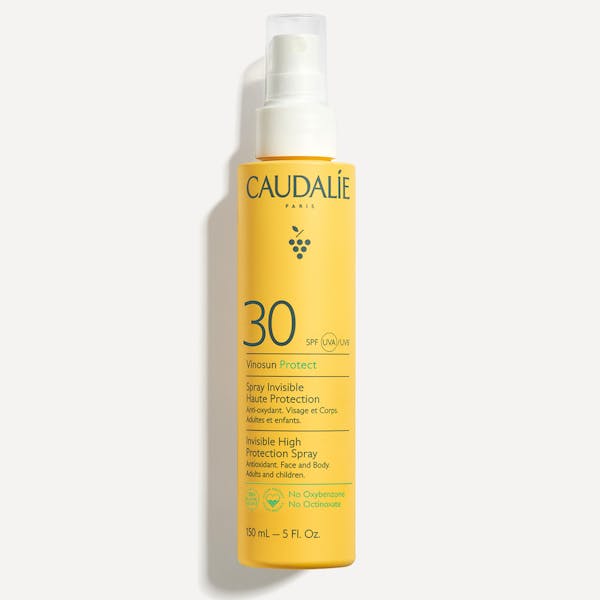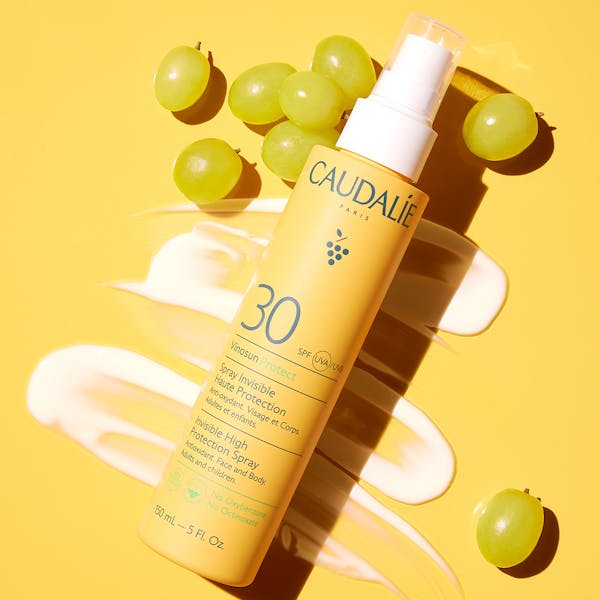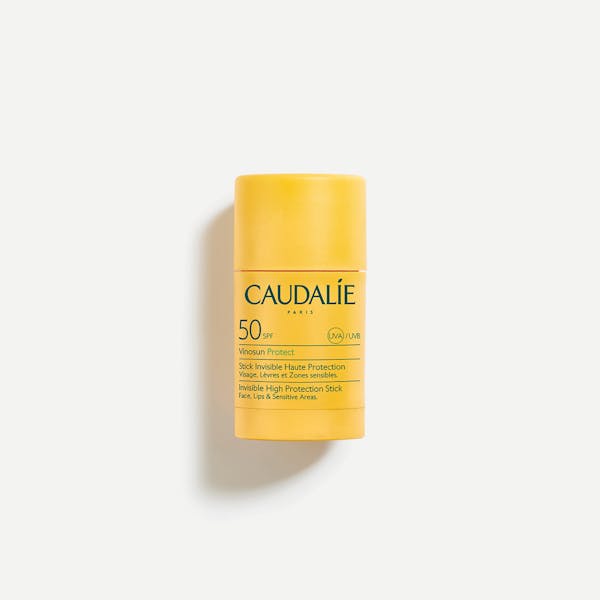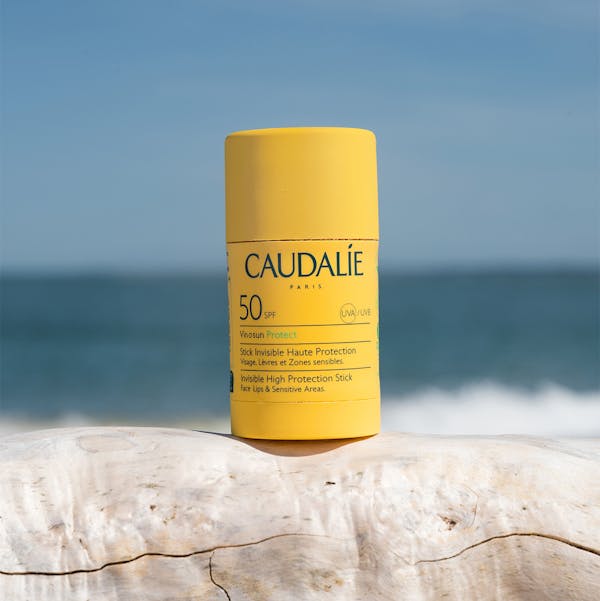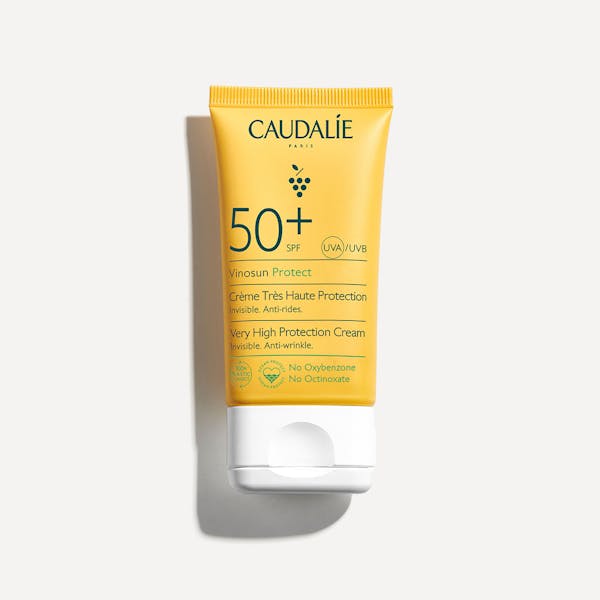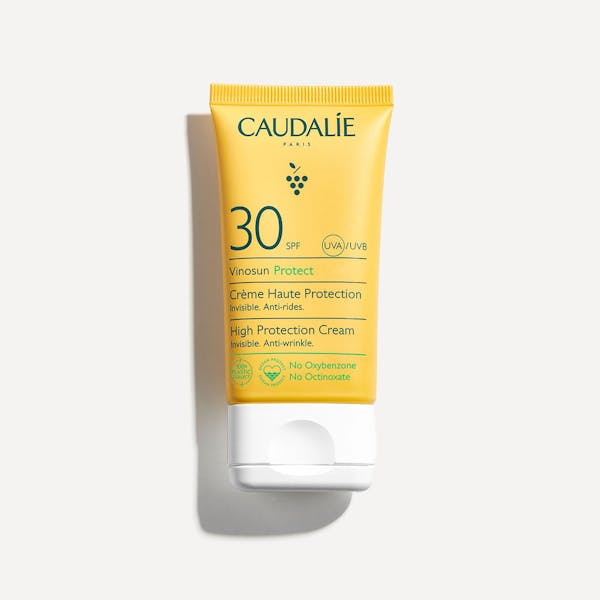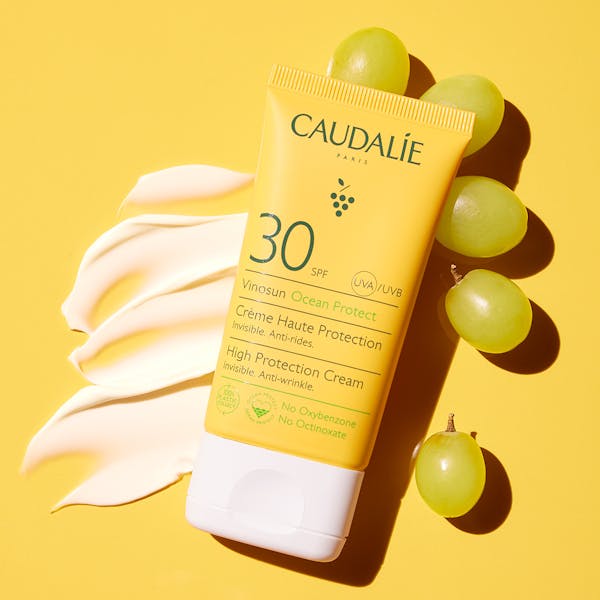Sun damage affects nearly everyone, yet many people don’t recognise the early signs or understand how to protect their skin effectively. From subtle changes in texture to visible sun marks on face, photodamage accumulates over years of UV exposure. This guide explores what sun damaged skin looks like, why it develops, and how you can prevent further damage whilst supporting your skin’s natural repair processes.
Summary
What is sun damaged skin?
Sun damaged skin, medically known as photoaging or actinic damage, refers to premature ageing caused by prolonged exposure to ultraviolet radiation. Unlike chronological ageing, which occurs naturally over time, photodamage results specifically from UV rays breaking down collagen, elastin, and other essential skin proteins.
The different types of actinic damage
Actinic damage shows up on the skin in several distinct forms:
Fine lines and wrinkles: develop when UV radiation breaks down collagen and elastin fibres, particularly around the eyes and mouth where skin is thinnest,
Sun damage spots: appear as flat, brown patches on areas with highest sun exposure, also called age spots or solar lentigines,
Hyperpigmentation: presents as uneven skin tone, freckles, or melasma when UV exposure triggers excess melanin production,
Actinic keratoses: rough, scaly patches that feel like sandpaper against the skin,
Sunburn damage: acute photodamage causing immediate inflammation, redness, and sometimes blistering.
What does photodamage look like on your face?
When examining your face for sun damage, look for these visual indicators:
Uneven skin tone: patches of darker pigmentation, particularly on the forehead, cheeks, and around the eyes,
Texture changes: skin feels rougher and less smooth, with enlarged pores becoming more visible,
Fine lines progression: starting around outer eye corners (crow’s feet) and upper lip, gradually deepening over time,
Brown spots: varying sizes on high-exposure areas like nose, cheeks, and temples,
Loss of elasticity: skin appears less firm and may develop a leathery texture in advanced cases,
Visible blood vessels: spider veins or broken capillaries, particularly on the nose and cheeks.
What causes actinic damage to develop?
Understanding the mechanisms behind UV damage helps explain why protection is crucial. When UV radiation penetrates the skin, it triggers cellular damage that accumulates over time, affecting DNA within skin cells and generating harmful free radicals.
The role of UVA and UVB rays
Both UVA and UVB rays contribute to photodamage, though they affect the skin differently. UVB rays primarily affect the skin’s surface layers, causing sunburn and playing a significant role in skin cancer development. These rays are strongest during midday hours and more intense during summer months.
UVA rays penetrate deeper into the skin, reaching the dermis where they damage collagen and elastin fibres. Unlike UVB rays, UVA radiation remains relatively constant throughout the day and year, making consistent protection essential. UVA exposure is the primary cause of premature ageing and contributes significantly to the development of sun damage spots.
At what age does sun damage start to show?
Sun damage begins accumulating from childhood, with subtle changes often visible by the late twenties or early thirties. While the skin’s natural repair mechanisms can mask early damage, these processes weaken with age, making accumulated damage more apparent.
How to prevent further UV damage to your skin?
Prevention remains the most effective strategy for maintaining healthy skin and preventing additional photodamage through daily sun protection and lifestyle modifications that minimise UV exposure.
Why daily sun protection is essential
Effective sun protection requires consistent application and proper technique:
Broad-spectrum sunscreen: consider SPF 30 vs. 50 when selecting your protection level, and apply generously before any exposure,
Year-round protection: apply sunscreen even on cloudy days as UV rays penetrate clouds, and exercise extra caution near reflective surfaces like water, sand, and snow,
Adequate coverage: apply a generous layer—about two finger lengths of product for face and neck, as most people apply insufficient amounts, reducing effectiveness significantly,
Regular reapplication: reapply every two hours, or immediately after swimming, sweating, or towelling off to maintain protection.
Can you get sun damage through a window?
Standard glass blocks most UVB rays but allows UVA rays to pass through. This means you can develop photodamage even when indoors if you’re regularly exposed to sunlight through windows.
Car windows and home windows provide limited protection against UVA radiation, which contributes significantly to premature ageing and hyperpigmentation. Consider UV-protective window films or positioning yourself away from direct sunlight when spending extended periods near windows.
How to repair sun damaged skin naturally?
Supporting the skin’s natural healing processes can help improve appearance and prevent further deterioration. Antioxidant-rich skincare ingredients help neutralise free radicals and support cellular repair. Vitamin E, vitamin C, and natural polyphenols protect against environmental damage whilst promoting collagen synthesis.
Regular exfoliation removes damaged surface cells and encourages healthy cell turnover. Hydration plays a crucial role in skin repair, as well-moisturised skin functions more effectively. Natural moisturising ingredients like hyaluronic acid, ceramides, and plant oils help maintain the skin’s barrier function.
Lifestyle factors significantly impact repair capabilities: adequate sleep, antioxidant-rich nutrition, regular exercise, and stress management all contribute to healthier skin. Using aftersun products after sun exposure can also support the skin’s natural recovery processes through soothing and hydrating ingredients.
When should you see a dermatologist?
While many signs of sun damage can be addressed with proper skincare and sun protection, certain symptoms warrant professional evaluation. Schedule a dermatological consultation especially if you notice any changing moles, new growths, or spots that bleed or don’t heal properly.
Your Vinosun Protect routine to shield your skin from UV
The Vinosun Protect range provides comprehensive protection through innovative formulations combining advanced UV filters with skin-nourishing ingredients:
1. The Sunscreen for Face SPF50+ with Vitamin E offers a classic cream texture with broad-spectrum protection. Key ingredients include spruce extract, polyphenols, and vitamin E, providing reliable daily protection with antioxidant benefits.
2. The Invisible High Protection Spray is a sunscreen SPF50 that features the same protective ingredients in a convenient spray format. This non-greasy texture absorbs quickly and is perfect for easy reapplication throughout the day.
3. The Very High Protection Sun Water delivers high-level protection with an innovative water-like texture. This refreshing SPF50+ protection with vitamin E makes daily sun protection enjoyable whilst ensuring consistent application.
4. The Sunscreen Stick for Face SPF50 provides concentrated protection with grape-seed oil and organic buriti oil. The targeted stick format is ideal for protecting vulnerable areas like lips, moles, scars, and tattoos.
5. The Aloe Vera After Sun completes your routine with post-exposure care. Featuring aloe vera extract, organic grape water, and coconut oil, this soothing formula supports natural repair processes after sun exposure.
Protecting your skin from sun damage requires consistent daily care and the right products. By understanding how photodamage develops and implementing effective prevention strategies, you can maintain healthier skin whilst supporting your skin’s natural ability to repair and regenerate.
LATEST BEAUTY NEWS
- Personal data & Cookies
- T&C
- Legal Note
- MYCAUDALIE
© Caudalie Copyright

